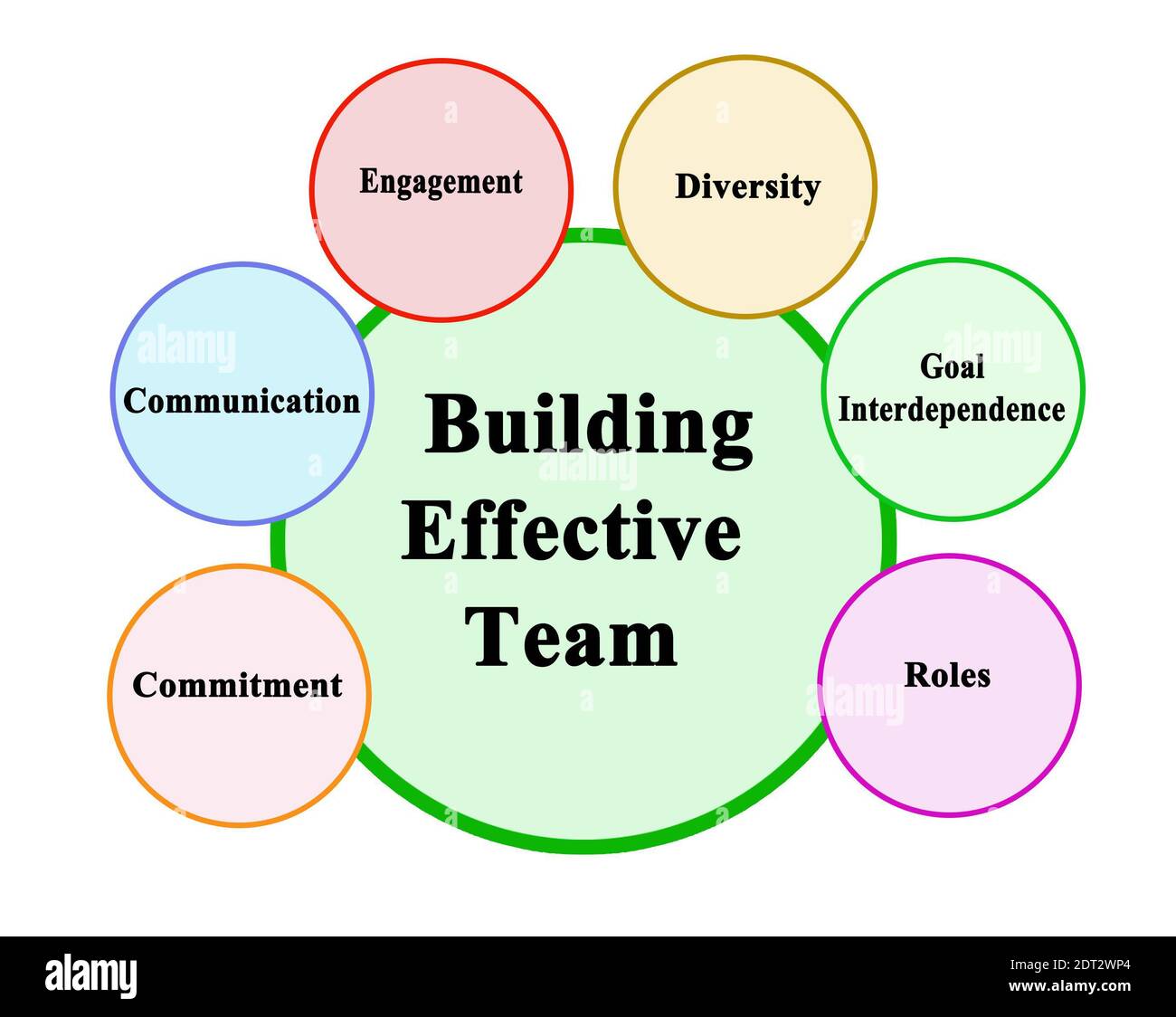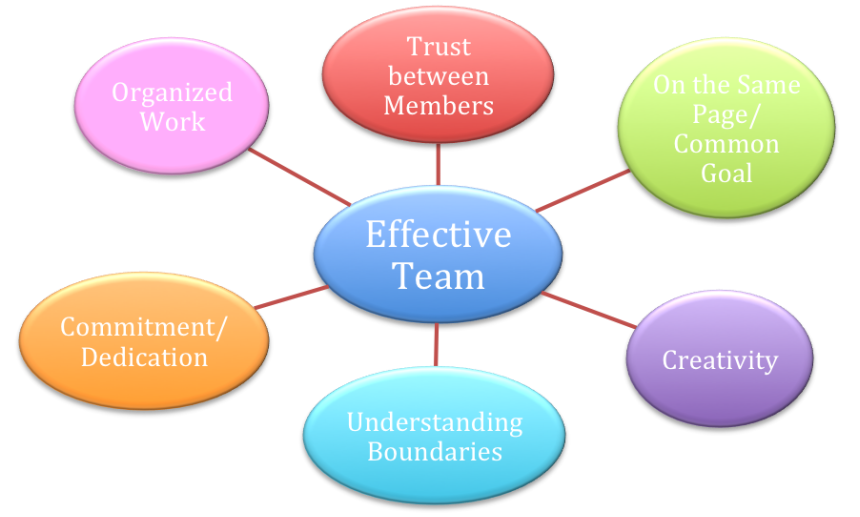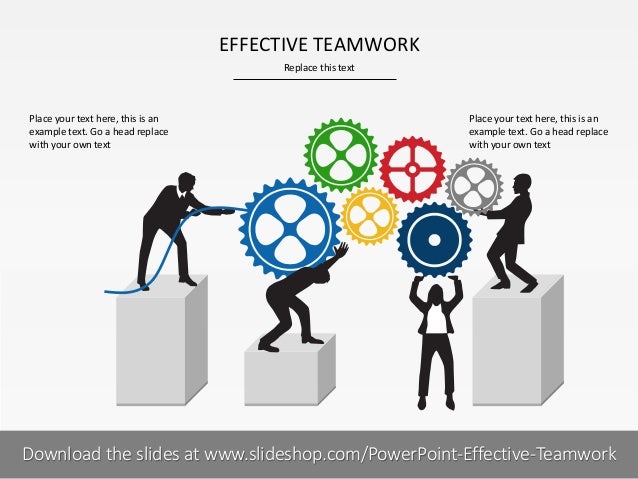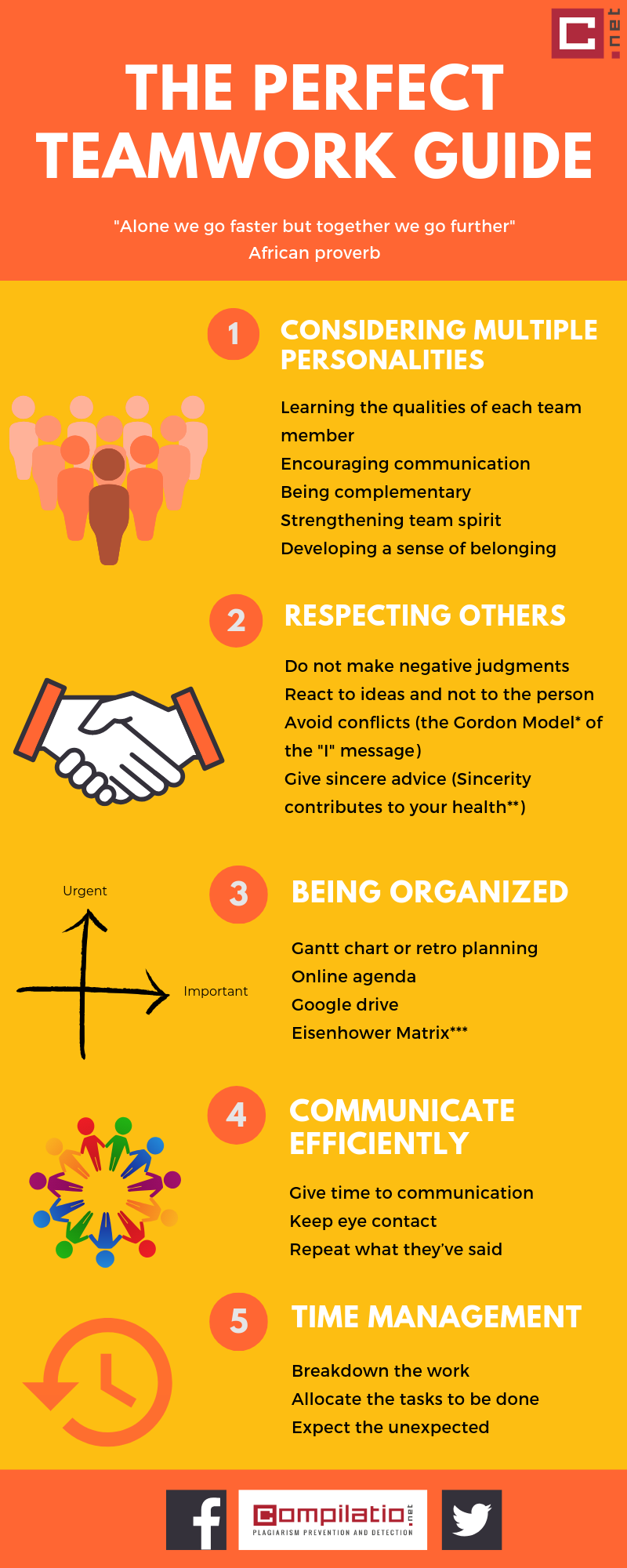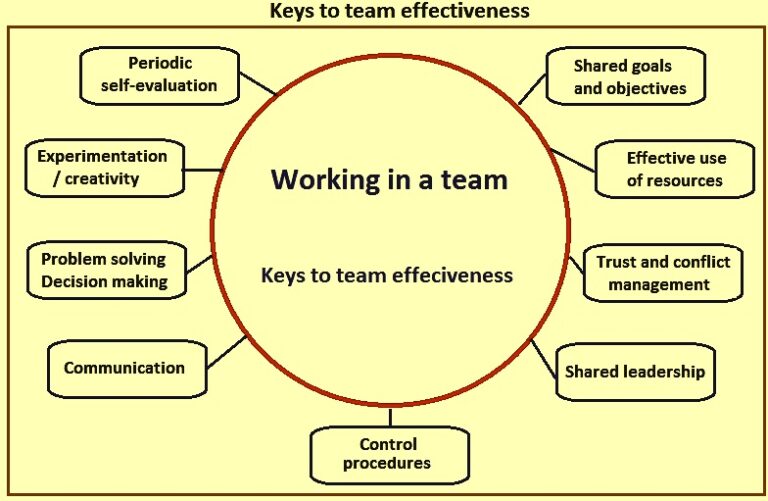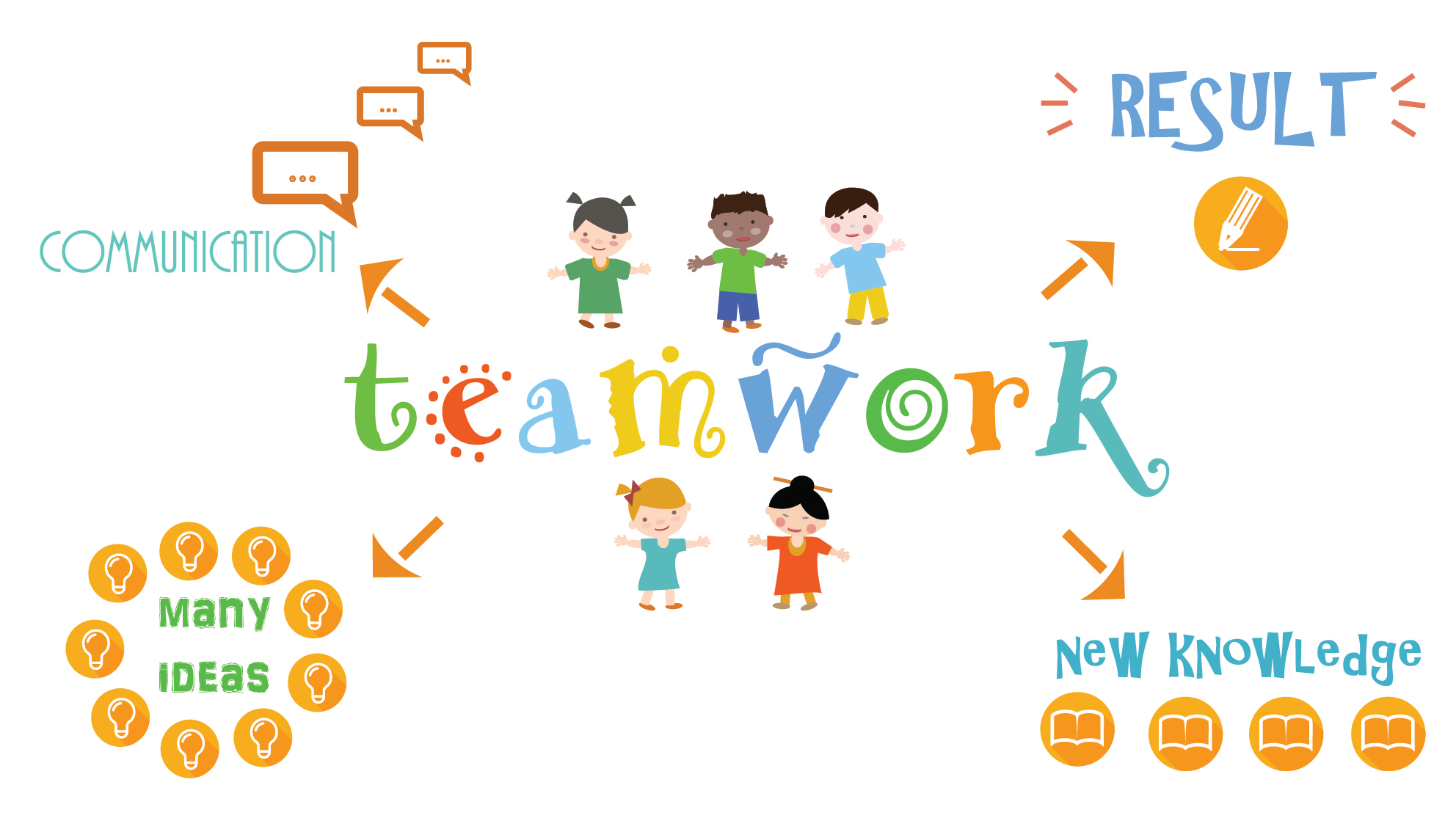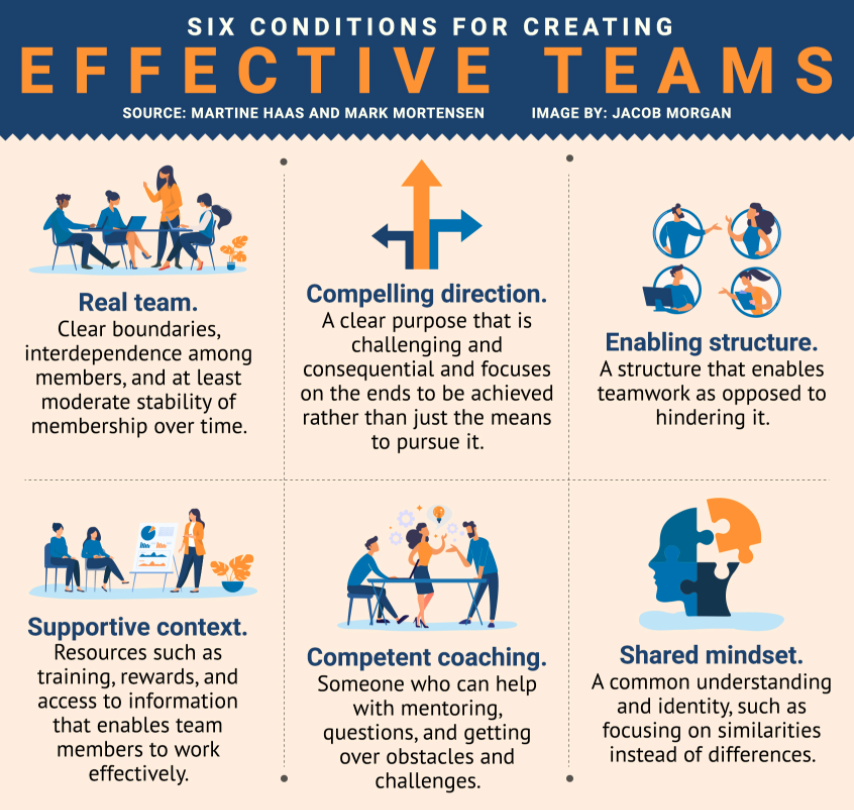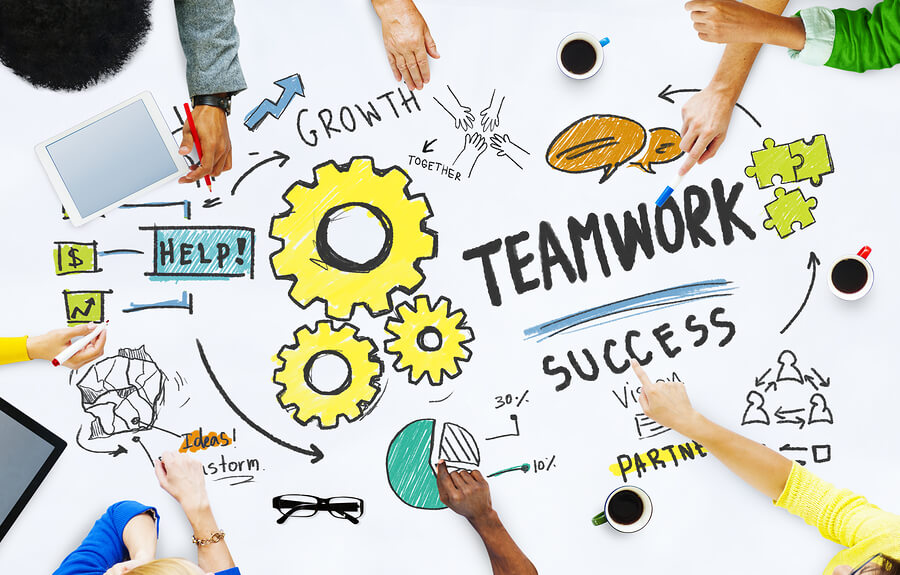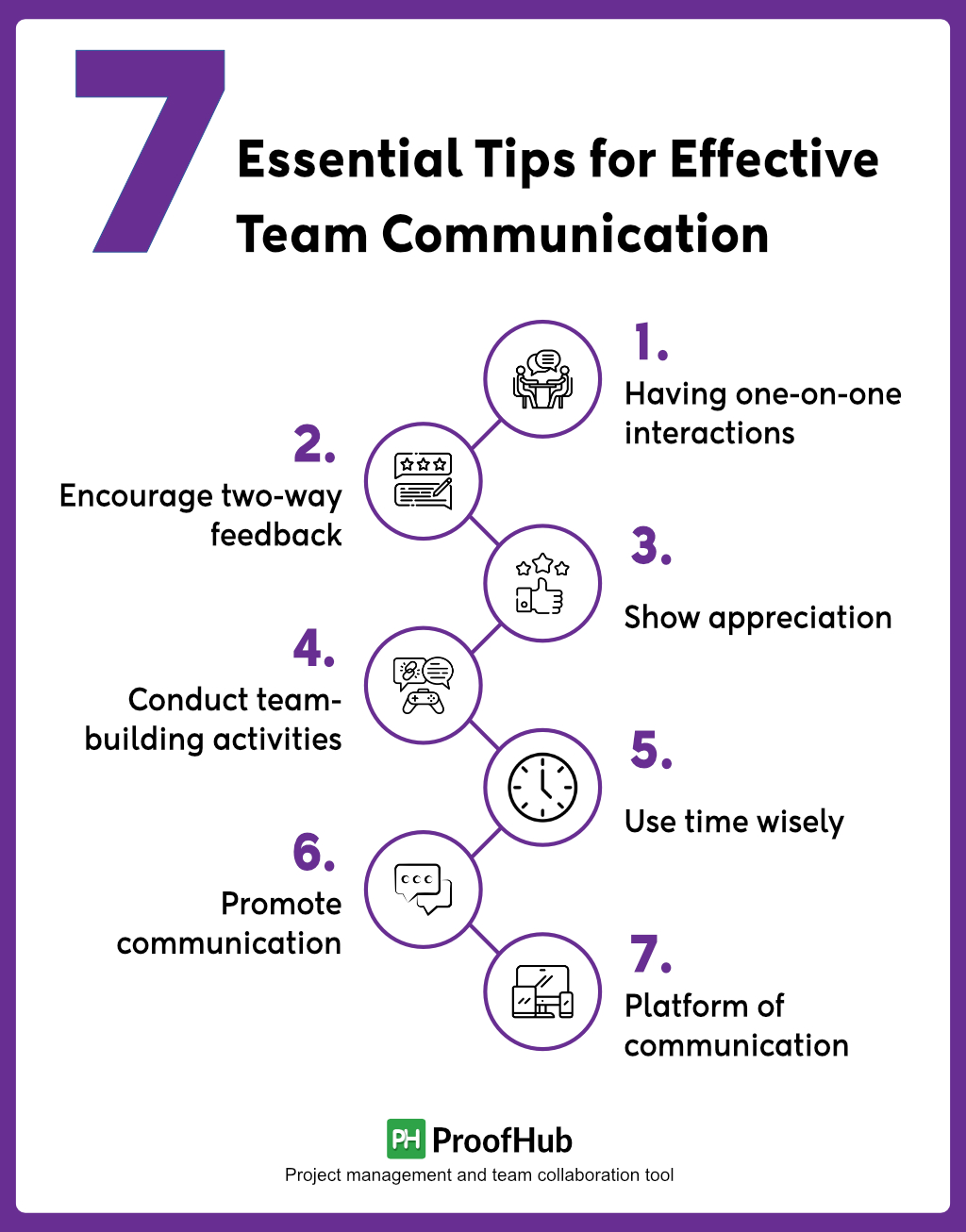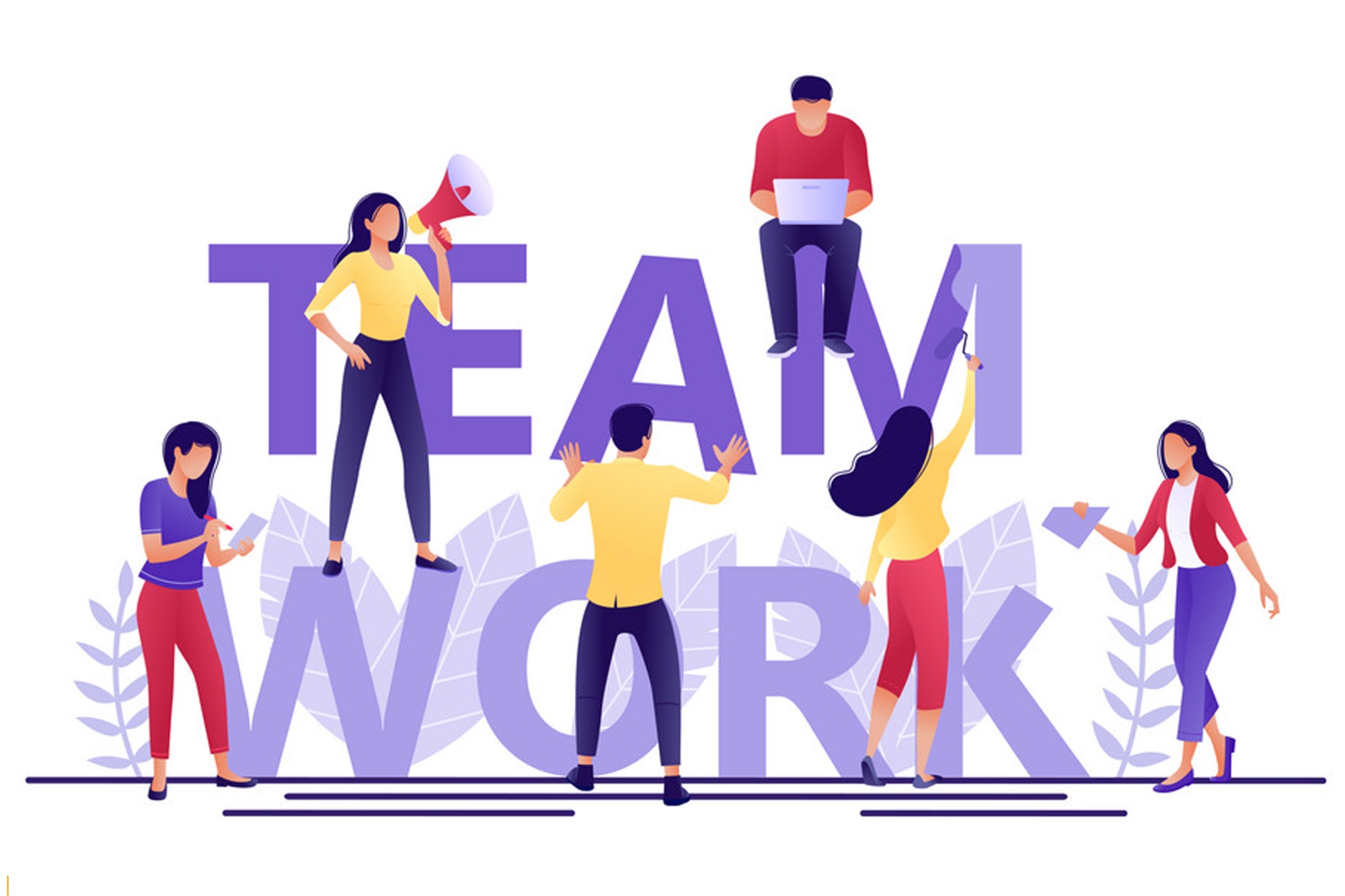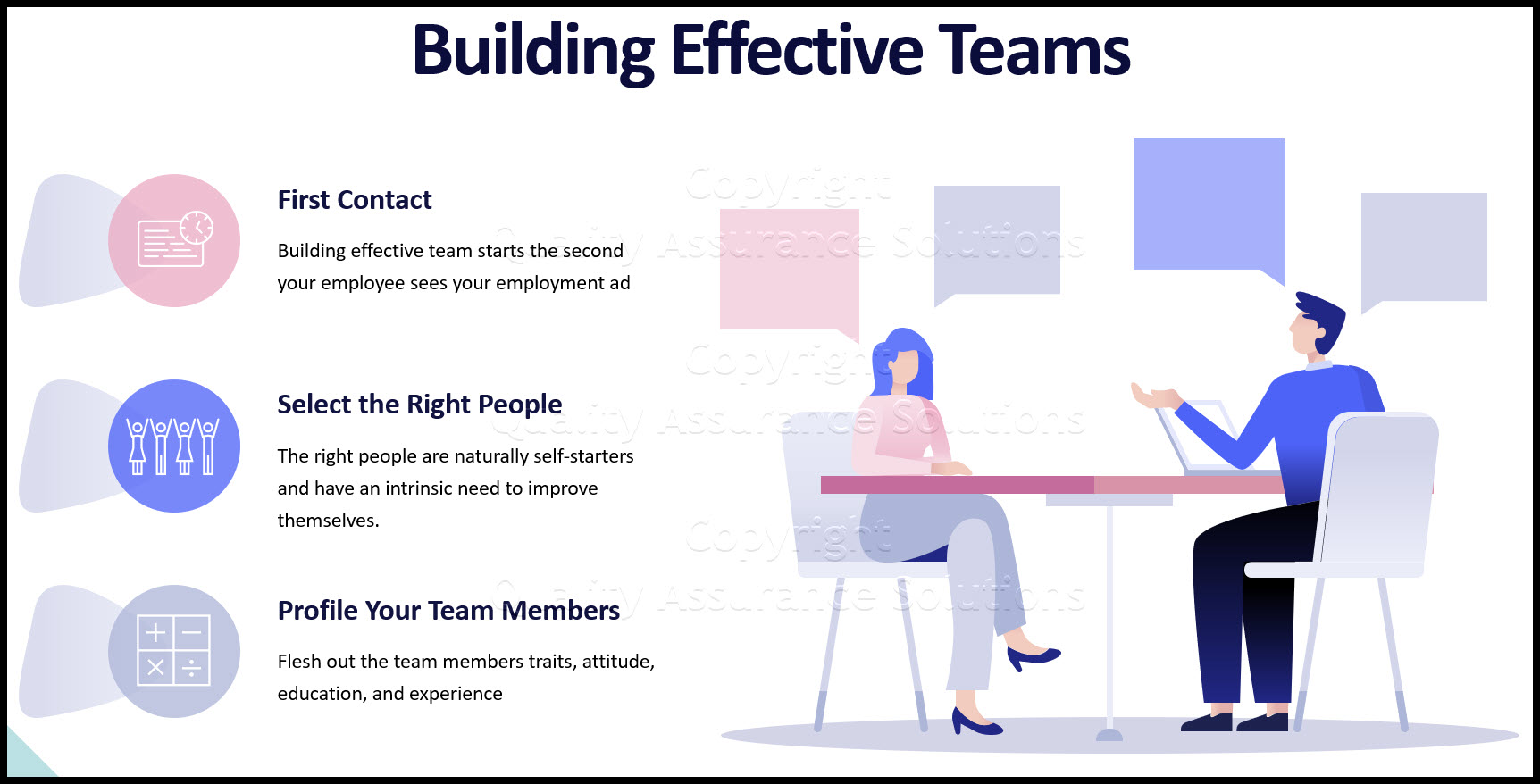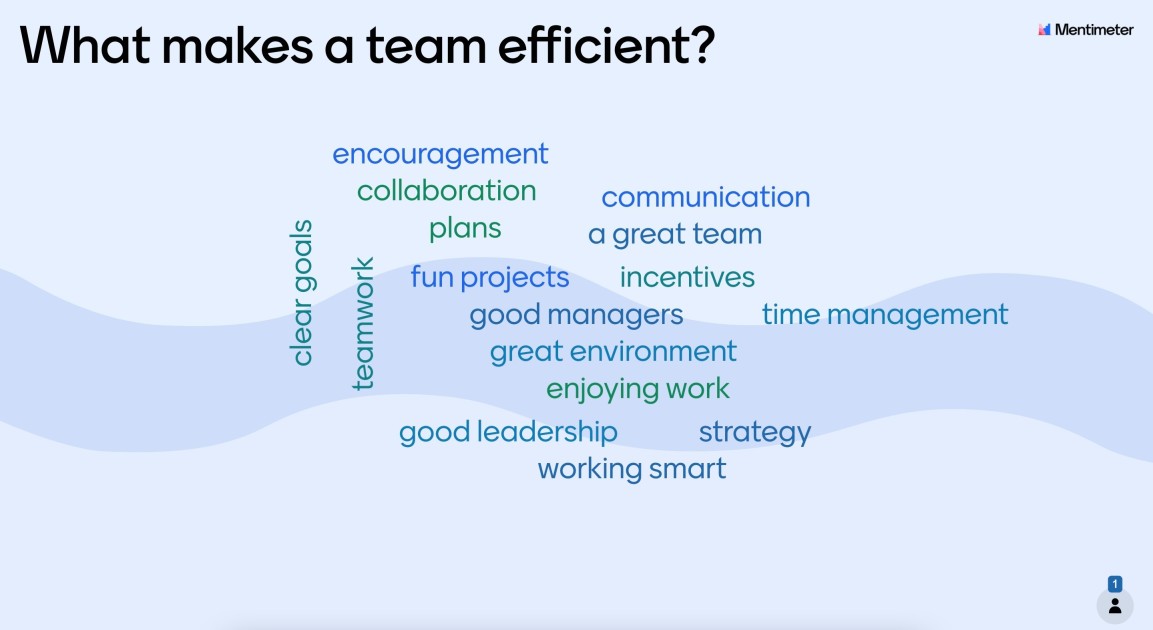How To Work With A Team Effectively

In today's collaborative work environments, the ability to function effectively within a team is paramount. Whether in a corporate office, a research laboratory, or a volunteer organization, understanding the dynamics of teamwork and implementing strategies for successful collaboration can significantly impact productivity and overall achievement.
This article delves into practical approaches and key principles for fostering effective teamwork, providing insights applicable across various professional settings.
Understanding the Foundations of Effective Teamwork
At its core, effective teamwork relies on several fundamental elements. These include clear communication, defined roles, and a shared understanding of goals.
Without these cornerstones, even the most talented individuals may struggle to coalesce into a high-performing unit.
The Importance of Clear Communication
Communication is the lifeblood of any successful team. Open and honest dialogue ensures that everyone is on the same page and that potential misunderstandings are addressed promptly.
Regular team meetings, both in-person and virtual, provide a platform for sharing updates, discussing challenges, and brainstorming solutions.
According to a study by Project Management Institute, ineffective communication is a primary contributor to project failures, highlighting the critical need for structured and transparent communication strategies.
Defining Roles and Responsibilities
Ambiguity in roles can lead to confusion, duplicated efforts, and ultimately, decreased productivity. Each team member should have a clear understanding of their responsibilities and how their contributions fit into the overall project.
Clearly defined roles empower individuals to take ownership of their tasks and contribute confidently.
Establishing Shared Goals and Objectives
A unified vision is essential for motivating team members and aligning their efforts. When everyone understands the overarching goals and objectives, they are more likely to work cohesively and support each other.
These shared goals should be SMART: Specific, Measurable, Achievable, Relevant, and Time-bound.
Strategies for Enhancing Team Collaboration
Beyond the foundational elements, specific strategies can further enhance team collaboration and effectiveness. These include active listening, conflict resolution, and fostering a culture of trust.
These strategies can foster a supportive and productive environment.
Active Listening and Empathy
Active listening involves fully concentrating on what others are saying, understanding their perspective, and responding thoughtfully. This creates a safe space for team members to express their ideas and concerns.
Empathy, the ability to understand and share the feelings of others, strengthens team bonds and promotes a more supportive environment.
Constructive Conflict Resolution
Conflict is inevitable in any team setting. However, it doesn't have to be destructive. By addressing disagreements openly and respectfully, teams can turn conflict into an opportunity for growth and innovation.
Mediation and facilitation techniques can be used to guide discussions and reach mutually acceptable solutions. "Address the issue, not the person," is a key principle in conflict resolution.
Building Trust and Psychological Safety
Trust is the bedrock of any successful team. When team members trust each other, they are more likely to share information, take risks, and support one another.
Psychological safety, the belief that one will not be punished or humiliated for speaking up with ideas, questions, concerns, or mistakes, is closely linked to trust. Creating a psychologically safe environment allows team members to feel comfortable expressing their thoughts and opinions without fear of judgment.
Google's Project Aristotle, a study of high-performing teams, identified psychological safety as the most important factor in team success.
Leveraging Technology for Team Collaboration
In today's digital age, technology plays a vital role in facilitating team collaboration. A variety of tools and platforms are available to support communication, project management, and knowledge sharing.
These technologies can streamline workflows and enhance team productivity.
Project management software like Asana and Trello help teams track progress, assign tasks, and manage deadlines. Communication platforms such as Slack and Microsoft Teams enable real-time communication and file sharing.
Video conferencing tools like Zoom and Google Meet facilitate virtual meetings and remote collaboration.
Conclusion
Effective teamwork is not merely a matter of assembling a group of talented individuals; it requires a deliberate and ongoing effort to cultivate clear communication, define roles, foster trust, and embrace constructive conflict resolution. By implementing these strategies and leveraging technology effectively, teams can unlock their full potential and achieve remarkable results.
The ability to work effectively in a team is a valuable skill that can benefit individuals and organizations alike.
Investing in team-building initiatives and providing training on collaboration skills can significantly enhance overall team performance and create a more positive and productive work environment.
